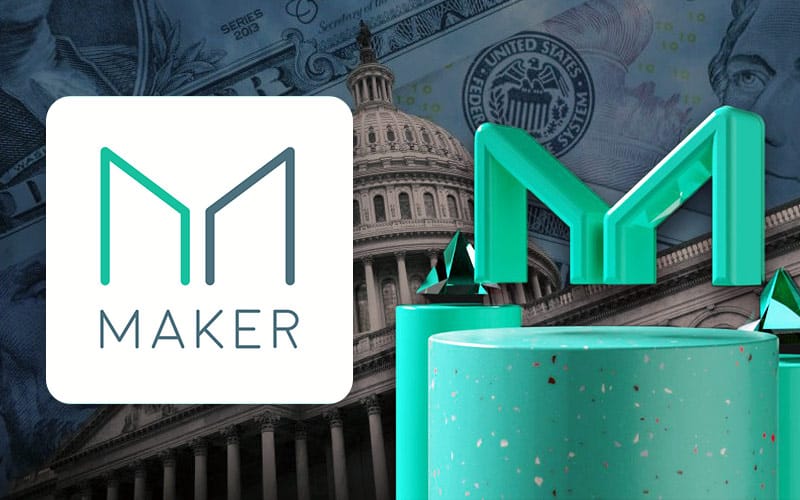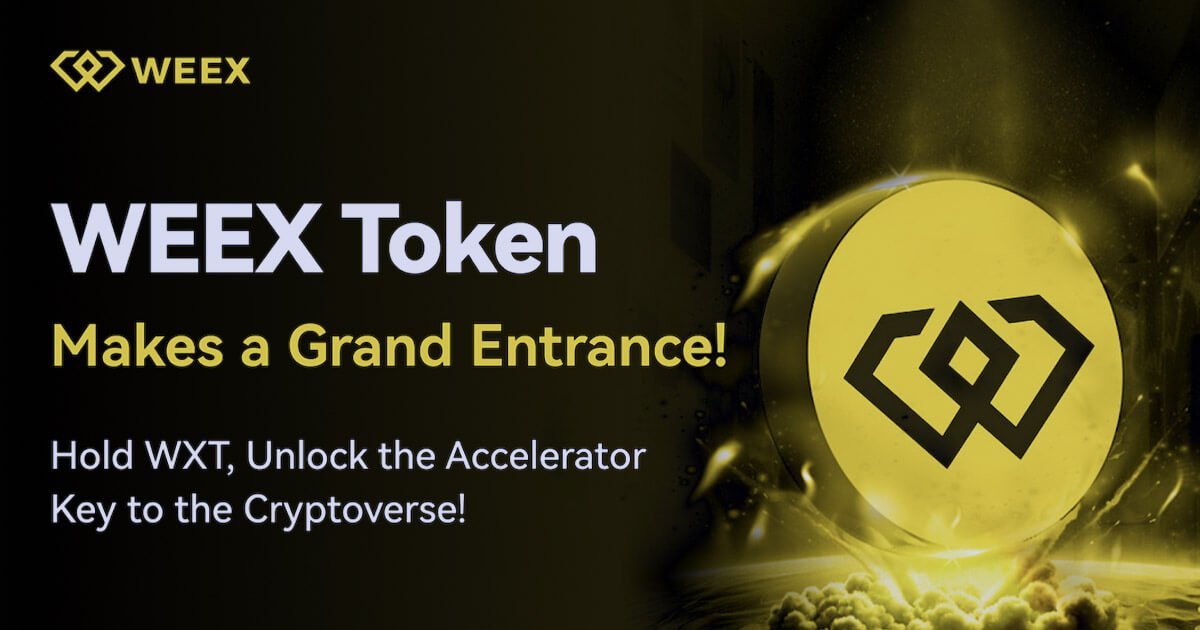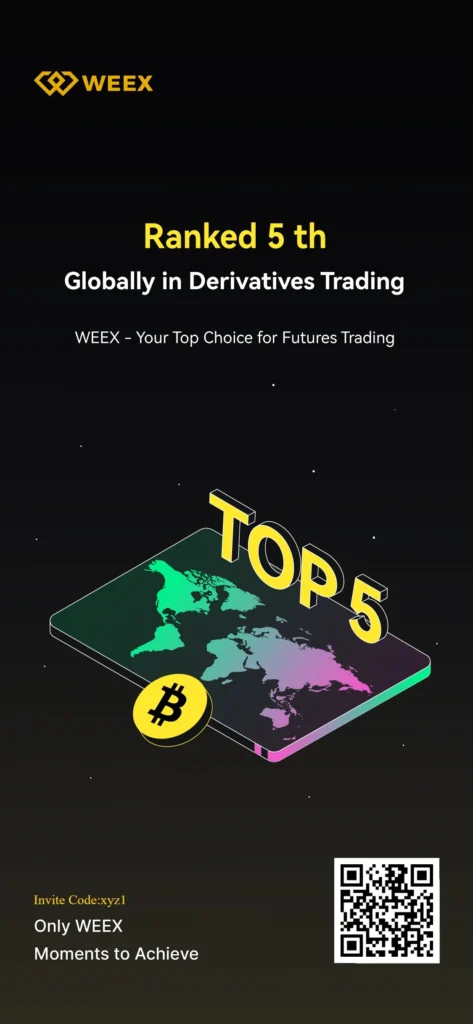

In a surprising move that has sent ripples through the decentralized finance (DeFi) community, MakerDAO, the decentralized organization behind the popular DAI stablecoin, has announced it will no longer accept new loans backed by Wrapped Bitcoin (WBTC). This decision comes at a time when the DeFi space is under intense scrutiny, and it has raised several questions about the future of collateralized lending in the blockchain ecosystem.
What Is Wrapped Bitcoin (WBTC)?
Before diving into the specifics of MakerDAO’s decision, it’s essential to understand what Wrapped Bitcoin (WBTC) is. WBTC is an ERC-20 token that represents Bitcoin on the Ethereum blockchain. Each WBTC token is backed 1:1 by actual Bitcoin, making it possible to use Bitcoin in the Ethereum ecosystem. This innovation has allowed Bitcoin holders to participate in Ethereum-based DeFi activities like lending, borrowing, and trading without having to sell their BTC.
WBTC has become one of the most popular collateral types on MakerDAO, enabling users to mint DAI, a decentralized stablecoin pegged to the U.S. dollar, by locking up WBTC as collateral. However, the recent decision to halt new WBTC-backed loans marks a significant shift in MakerDAO’s approach to risk management.
Why Did MakerDAO Halt WBTC-Backed Loans?
The decision to stop accepting new WBTC-backed loans is primarily driven by concerns about market volatility and the potential risks associated with WBTC as collateral. While WBTC has been a valuable asset for many DeFi users, it’s not without its challenges. The underlying Bitcoin price can be highly volatile, and this volatility can lead to situations where the value of the collateral drops below the loan amount, putting the stability of the DAI system at risk.
Another factor influencing MakerDAO’s decision is the growing scrutiny from regulators and the broader financial community. As DeFi continues to gain traction, regulators are increasingly concerned about the risks associated with decentralized lending platforms, particularly those involving volatile assets like WBTC. By halting new WBTC-backed loans, MakerDAO is taking a proactive step to mitigate these risks and ensure the long-term stability of its platform.
Additionally, MakerDAO has been exploring ways to diversify its collateral base to include more stable assets. This diversification is part of a broader strategy to reduce the platform’s reliance on volatile cryptocurrencies and make the DAI stablecoin more resilient in the face of market fluctuations.
The Impact on DeFi and MakerDAO Users
The decision to stop new WBTC-backed loans is likely to have a significant impact on the DeFi landscape. For many users, WBTC has been a popular choice for minting DAI because it allows them to leverage their Bitcoin holdings without selling them. With WBTC off the table, users will need to explore alternative collateral options, which may not offer the same level of flexibility or appeal.
For MakerDAO, this move could lead to a shift in user behavior as borrowers seek other platforms or assets to meet their lending needs. However, it also positions MakerDAO as a more risk-averse platform, which could attract users who prioritize security and stability over high-risk, high-reward strategies.
In the short term, we may see a reduction in the total amount of DAI in circulation, as fewer users mint new DAI using WBTC as collateral. This could lead to tighter liquidity in the DAI market, potentially impacting its peg to the U.S. dollar. However, MakerDAO’s governance structure allows the community to make adjustments to interest rates and other parameters to help maintain the peg and ensure the system’s stability.
What’s Next for MakerDAO?
MakerDAO’s decision to halt WBTC-backed loans is part of a broader trend in the DeFi space towards greater risk management and regulatory compliance. As the DeFi ecosystem continues to mature, platforms like MakerDAO are likely to implement more stringent controls and diversify their collateral options to ensure long-term sustainability.
In the coming months, we can expect MakerDAO to focus on expanding its collateral portfolio with assets that are less volatile and more aligned with the platform’s risk tolerance. This could include real-world assets (RWAs) like tokenized bonds or real estate, which offer more stability than cryptocurrencies. By doing so, MakerDAO aims to strengthen the DAI stablecoin’s position as a reliable and widely-used asset in the DeFi ecosystem.
For users, this means that the landscape of DeFi lending is evolving, and those who rely on platforms like MakerDAO will need to stay informed about changes in collateral policies and risk management practices. While WBTC may no longer be an option for new loans, there are still many opportunities to participate in DeFi, albeit with a greater emphasis on caution and risk mitigation.
FAQs and Answers
1. What is WBTC?
WBTC, or Wrapped Bitcoin, is an ERC-20 token that represents Bitcoin on the Ethereum blockchain, allowing Bitcoin to be used in DeFi applications on Ethereum.
2. Why did MakerDAO stop accepting WBTC-backed loans?
MakerDAO halted new WBTC-backed loans due to concerns about market volatility and the potential risks associated with using WBTC as collateral.
3. How will this decision impact MakerDAO users?
Users who previously relied on WBTC to mint DAI will need to explore alternative collateral options, which could change how they interact with the MakerDAO platform.
4. What does this mean for the DeFi ecosystem?
This move signals a shift towards greater risk management in DeFi, potentially leading to more stable and secure lending practices across the ecosystem.
5. What’s next for MakerDAO?
MakerDAO is likely to diversify its collateral portfolio with less volatile assets, focusing on long-term sustainability and regulatory compliance.



